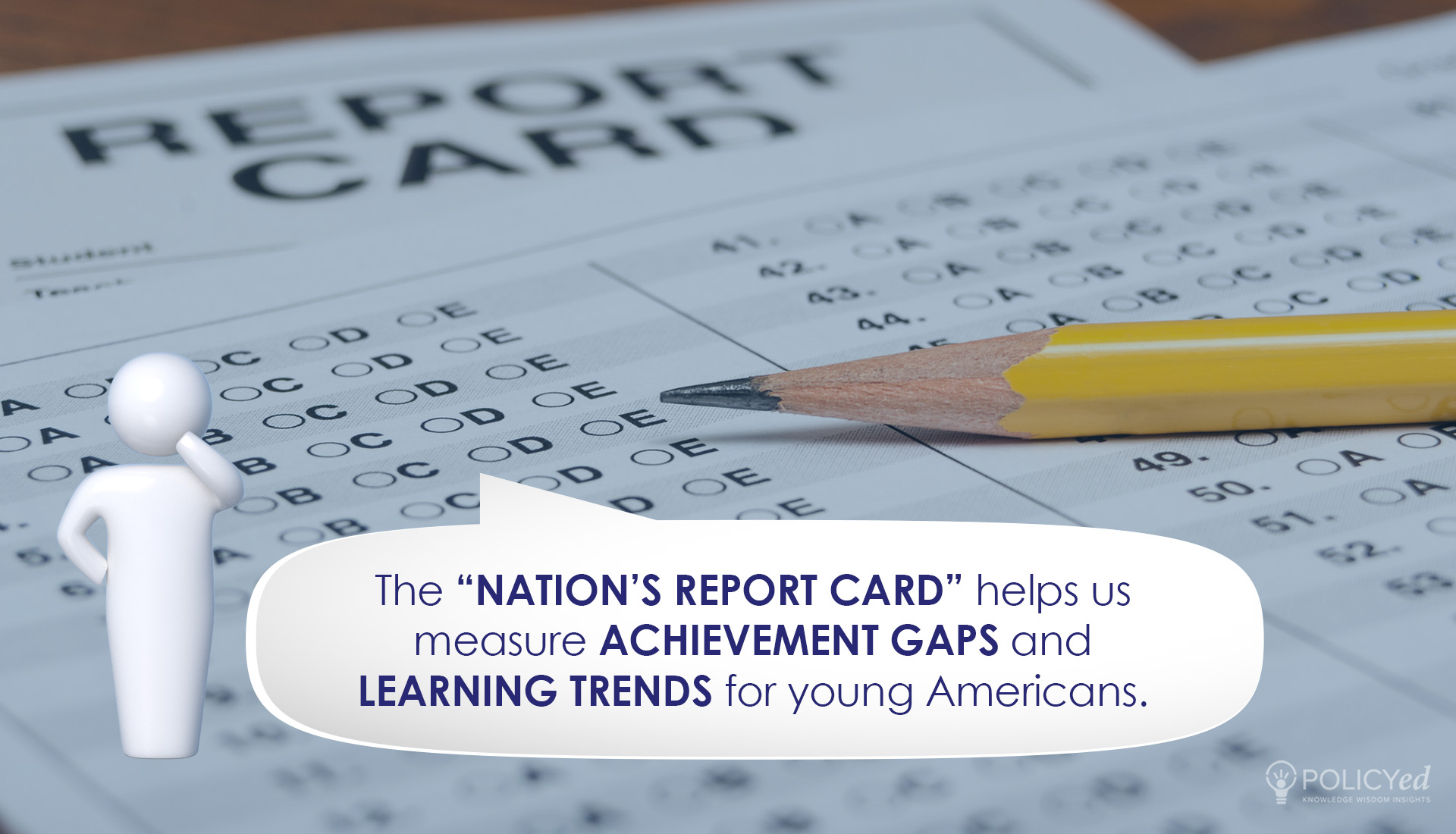Facts At Your Fingertips
Measuring Achievement
The National Assessment of Educational Progress (NAEP), often called as the “nation’s report card,” tests schoolchildren in grades 4, 8, and 12 across 10 subjects. Using a random sample, it tests 50 students per school in about 100 schools per state—just enough to yield valid data. For reading and math, it delivers results every two years, yielding data for the whole country, each state, and more than two dozen cities.
Political Pushback
The NAEP is low stakes, with no direct consequences for the participating students, teachers, or schools. The test content avoids controversy by following a multiyear process that engages a host of education stakeholders, with final decisions made by an autonomous policy-setting body called the National Assessment Governing Board. But sustaining its reputation as the gold standard of achievement testing will require some key changes.
Embracing Change
First, NAEP needs to embrace technology. Today’s process is far too cumbersome. Second, NAEP should rethink its scope and timing. The rule of thumb going forward should be regularity. Finally, improving the way NAEP results are reported could increase the test’s visibility and impact. Reforms won’t be simple, but they are certainly doable.
Why it Matters
Can NAEP stay focused on academic achievement when many educators are preoccupied with outcomes such as equity, diversity, and citizenship rather than literacy and numeracy? The goal is not to replace NAEP and certainly not to end it. But getting it in shape for the next 50 years is an undertaking as ambitious and demanding as it is vital.




